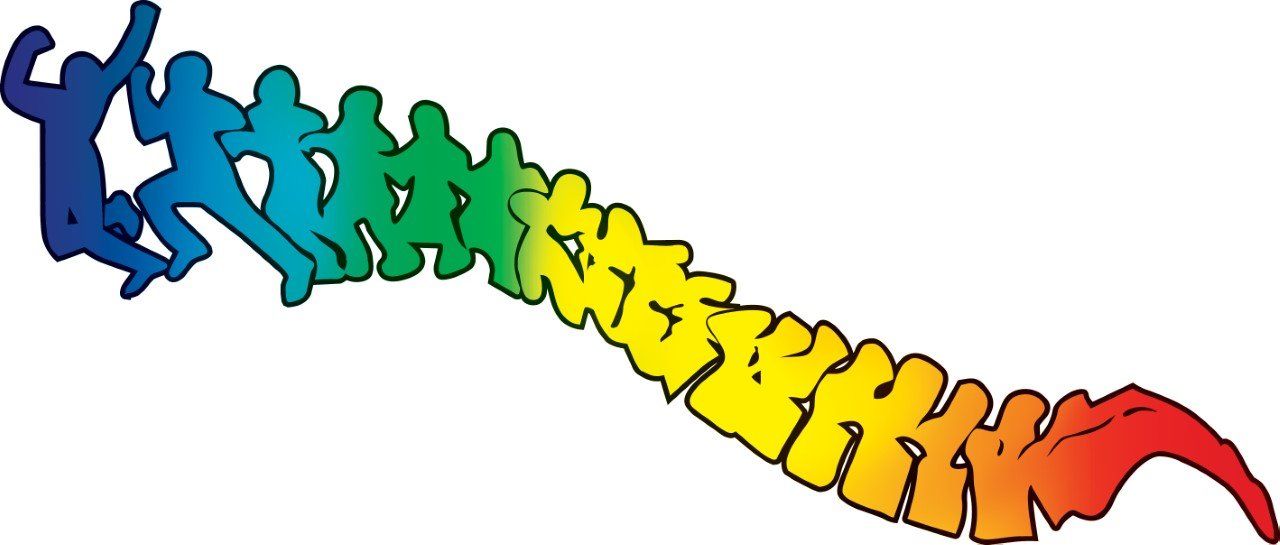The Aging Spine
As we age degenerative changes naturally occur in our bones, joints and muscles. This doesn’t necessarily mean there has to be associated pain though. Forces, stresses and strains are applied to our bodies everyday and as time goes on joints gradually wear away, bones thin and muscles become weaker – this is the natural aging process. One of the most common conditions that people may suffer from is arthritis. Most people put arthritis down to ‘getting old’. However this is not the case as we all get older and not everyone suffers arthritis. Arthritis is the irritation and inflammation of a degenerative joint. Arthrosis is the term used for a joint that has undergone degenerative changes. Arthritis only occurs when these joints become inflamed which then cause pain.
When assessing and treating a joint which is arthritically painful, three aspects have to be considered. A painful joint may have a mechanical dysfunction. The degenerative joint may not be in correct alignment, which may irritate the associated ligaments, muscles and nerve supply. This mechanical misalignment may then alter the mechanics of related joints and cause further dysfunction. Ergonomics and occupational health and safety address the mechanics of the musculoskeletal system in everyday living. A joint, degenerative or not, has to be chemically balanced in order to be pain-free and functioning optimally. Controlling daily diets, keeping an eye on weight, exercise and fresh air and supplementation and medication all contribute to the chemical balance of the body.
The third component to be considered is the neurological/ emotional balance. Emotional states such as stress or depression can alter the function of the immune system, making the body more susceptible to disease. Painful or arthritic joints can physically affect the nervous system by impinging on nerves which supply different areas of the body.
